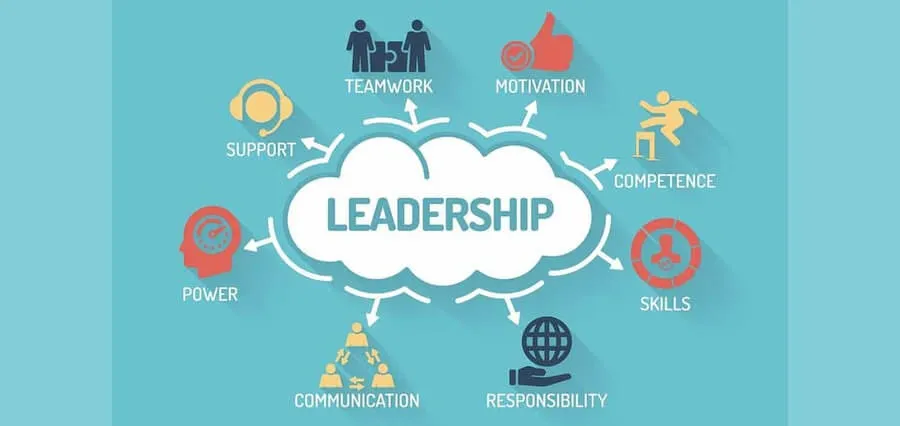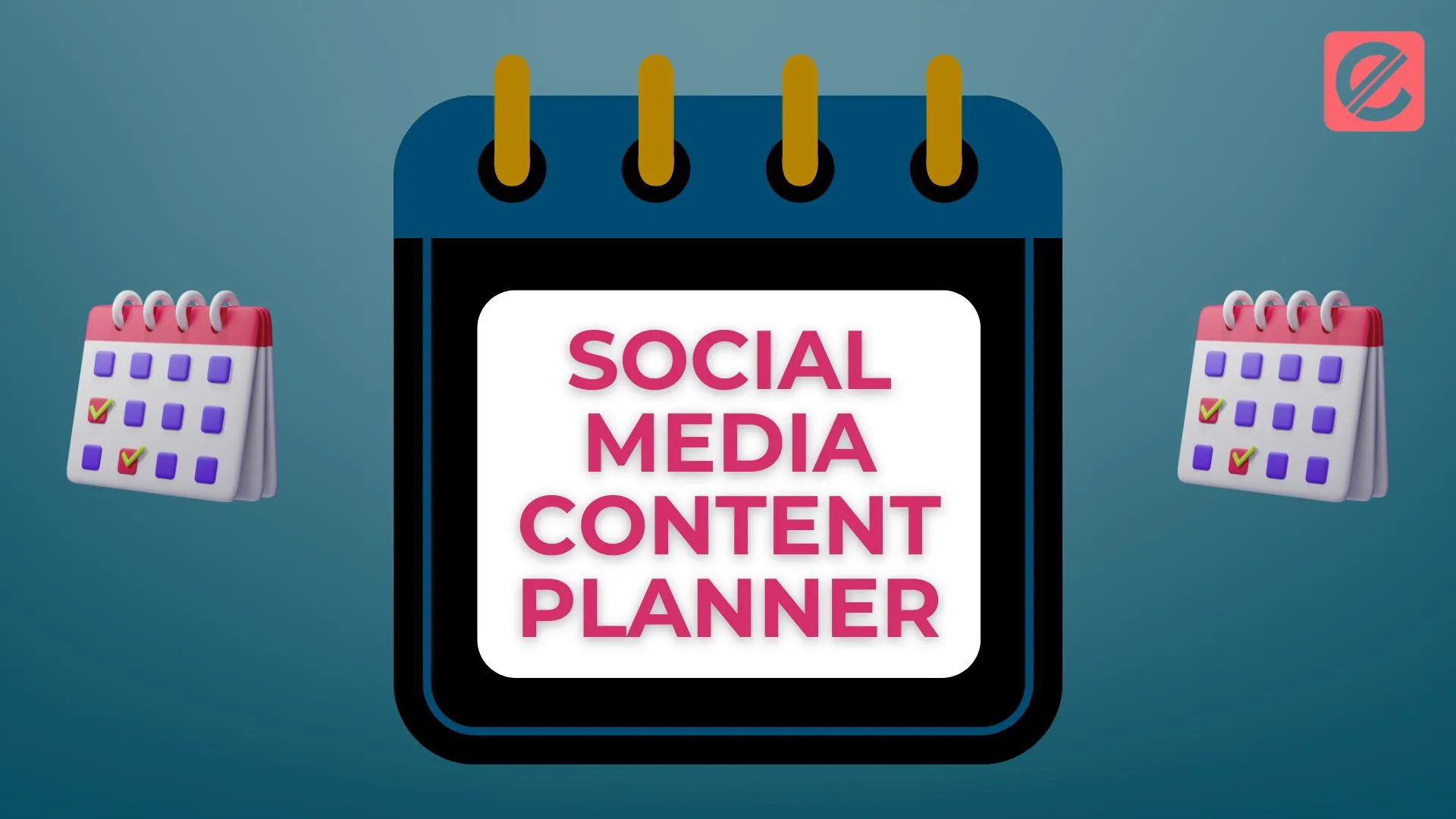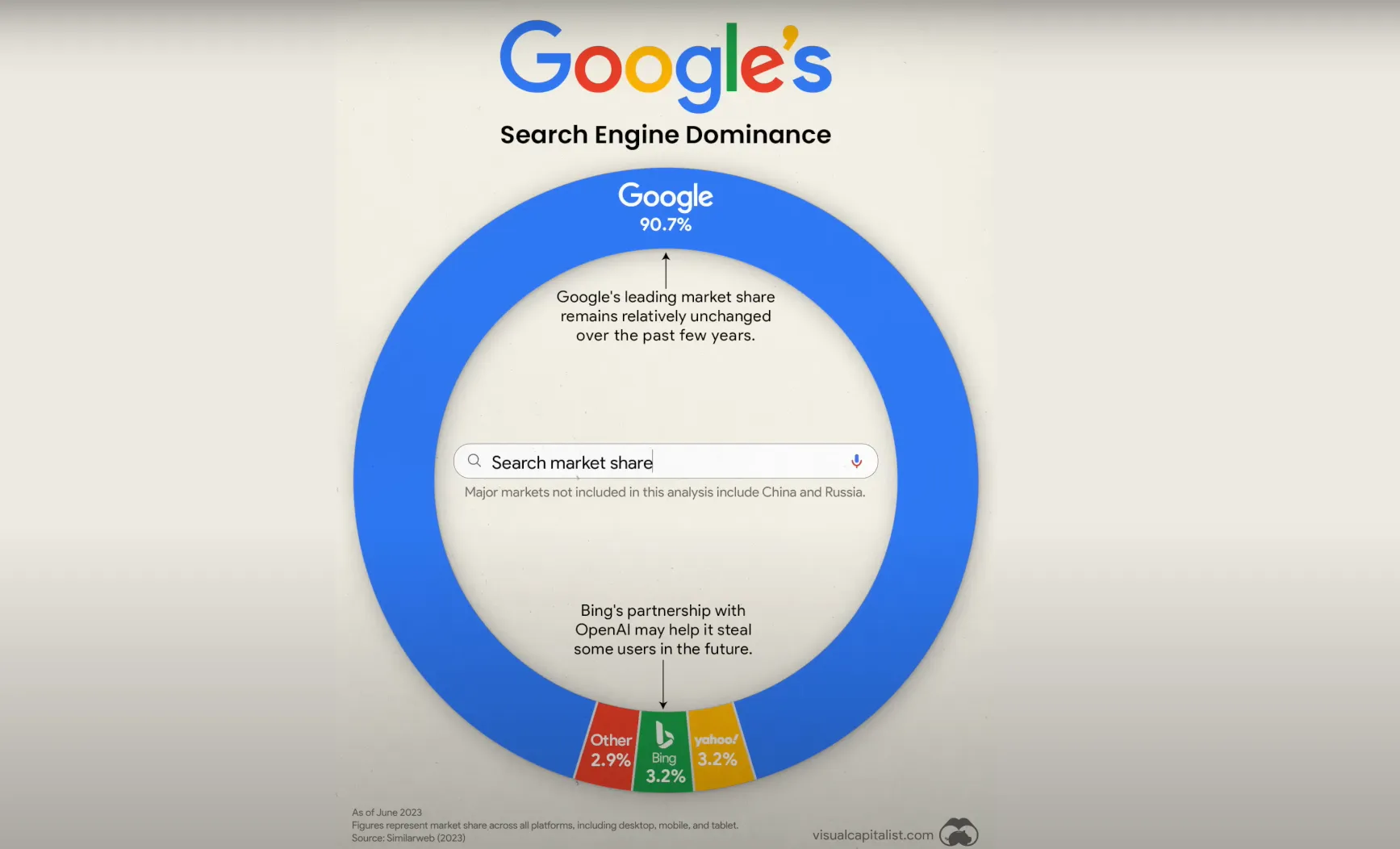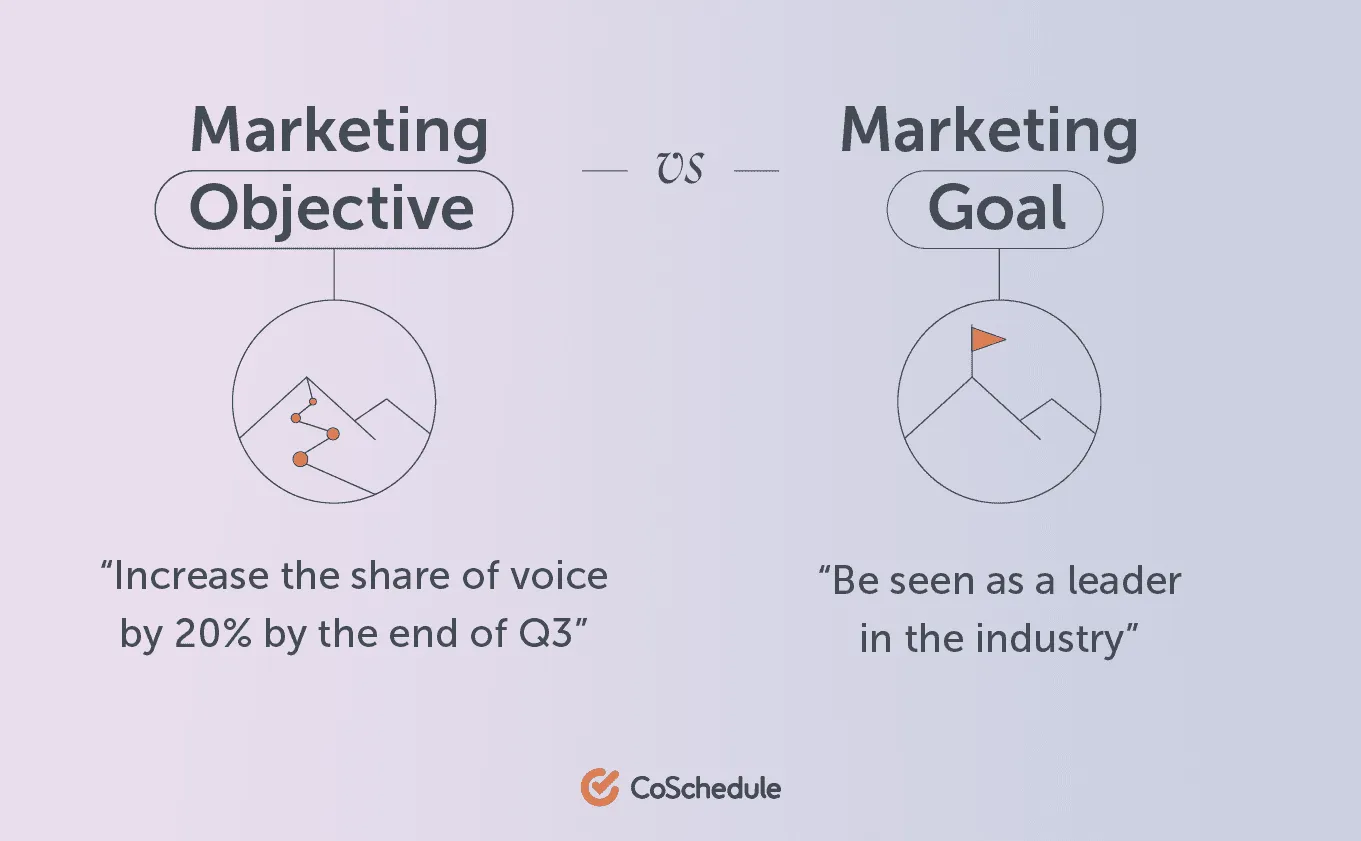In the ever-evolving digital landscape, a well-designed landing page can make all the difference in capturing the attention of your audience and driving conversions. As the gateway to your online presence, a fantastic landing page is a crucial element in your marketing strategy. In this comprehensive article, we’ll explore the key components and best practices that contribute to the creation of truly captivating landing pages.
Captivating Content: The Foundation of Effective Landing Pages
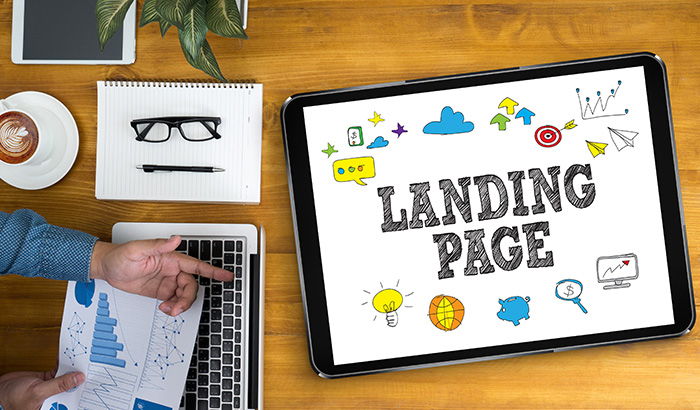
Crafting Compelling Headline and Tagline
The headline and tagline are the first things visitors notice when they arrive on your landing page. These elements must grab their attention and communicate the value proposition of your product or service in a concise and impactful manner.
| Characteristic | Description |
|---|---|
| Clarity | The headline and tagline should be clear, concise, and easy to understand. Avoid jargon or overly complex language. |
| Benefit-Driven | Focus on highlighting the key benefits that your offering provides to the user, rather than just listing features. |
- Use active voice to create a sense of immediacy and urgency.
- Tailor the messaging to your target audience and their pain points.
- A/B test different headline and tagline variations to determine the most effective approach.
Crafting Persuasive Body Copy
The body copy of your landing page is where you have the opportunity to delve deeper into the details of your offering and persuade visitors to take the desired action.
- Identify the User’s Needs
- Understand the pain points and challenges your target audience is facing.
- Craft copy that speaks directly to their concerns and demonstrates how your product or service can provide a solution.
- Highlight the Key Features and Benefits
- Clearly explain the features of your offering and how they translate into tangible benefits for the user.
- Use a clear and compelling tone to convey the value proposition.
- Utilize bullet points, short paragraphs, and subheadings to make the content easy to scan and digest.
- Address Objections and Concerns
- Anticipate and address any potential objections or concerns that users may have.
- Provide clear and concise responses to address these issues and build trust.
- Incorporate testimonials, case studies, or social proof to reinforce the credibility of your offering.
Crafting Captivating Visuals
The visual elements of your landing page play a crucial role in capturing the attention of your audience and enhancing the overall user experience.
- Compelling Imagery
- Use high-quality, relevant images or illustrations that align with your brand and messaging.
- Ensure that the visuals effectively communicate the benefits of your product or service.
- Consider incorporating dynamic elements, such as videos or interactive graphics, to further engage your audience.
- Effective Layout and Design
- Organize the content on your landing page in a clean and intuitive manner, making it easy for visitors to navigate and consume the information.
- Utilize whitespace effectively to create a balanced and visually appealing layout.
- Ensure that the design elements, such as color schemes and typography, are consistent with your brand identity.
- Responsive and Mobile-Friendly
- Optimize your landing page for seamless viewing and interaction on mobile devices, as an increasing number of users access the web on the go.
- Ensure that the layout, images, and interactive elements scale appropriately across different screen sizes and devices.
Streamlining the Conversion Process: Crafting Effective Calls-to-Action
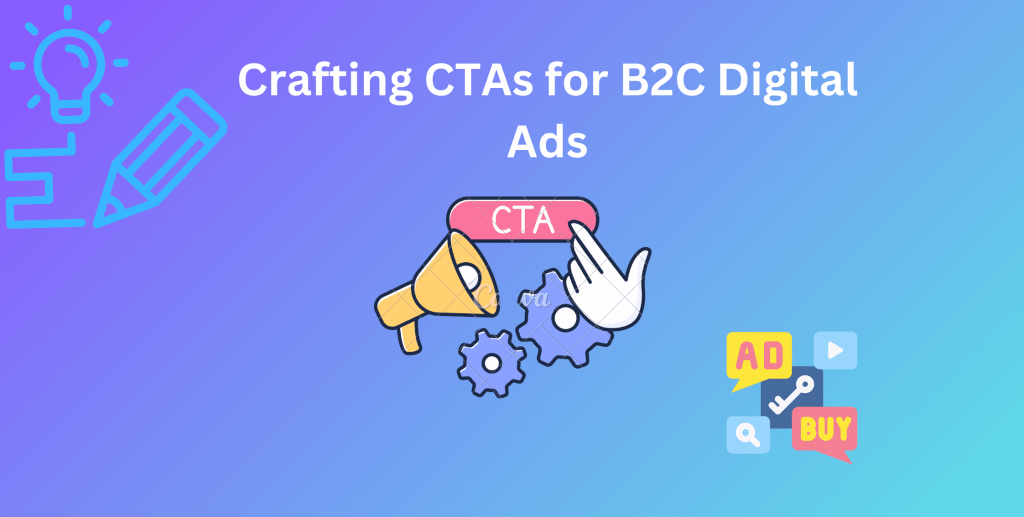
The call-to-action (CTA) is the pivotal element that guides your visitors toward the desired conversion, whether it’s making a purchase, signing up for a newsletter, or completing a form.
Crafting Compelling CTAs
- Clear and Concise Language
- Use action-oriented verbs that encourage the user to take the desired action, such as “Sign Up,” “Download Now,” or “Get Started.”
- Avoid vague or generic CTAs like “Click Here” or “Submit.”
- Tailor the CTA copy to match the specific context and user intent on the landing page.
- Visually Striking Design
- Use contrasting colors, eye-catching shapes, and strategic placement to make the CTA stand out on the page.
- Ensure that the CTA button or link is large enough to be easily clickable, especially on mobile devices.
- Consider incorporating dynamic elements, such as hover effects or animations, to draw the user’s attention.
- Sense of Urgency and Scarcity
- Leverage psychological triggers, such as a limited-time offer or a limited availability, to create a sense of urgency and encourage the user to take action.
- Use phrases like “Limited Offer,” “Act Now,” or “Get it Before it’s Gone” to reinforce the idea of scarcity.
Optimizing the Conversion Funnel
- Streamlined Form Design
- Minimize the number of form fields to reduce friction and increase completion rates.
- Use clear and concise field labels to guide the user through the process.
- Incorporate progress indicators or step-by-step wizards to provide a smooth and seamless experience.
- Seamless User Experience
- Ensure that the transition from the landing page to the conversion or thank-you page is seamless and consistent.
- Eliminate any potential distractions or unnecessary elements that could divert the user’s attention from the desired action.
- Optimize the page load times to provide a fast and responsive experience.
- Personalized Offers and Targeting
- Leverage user data and segmentation to provide personalized offers and content that cater to the specific needs and preferences of your audience.
- Experiment with different targeting strategies, such as location-based or behavior-based targeting, to enhance the relevance and effectiveness of your landing pages.
Maximizing Performance: Optimizing and Testing Your Landing Pages
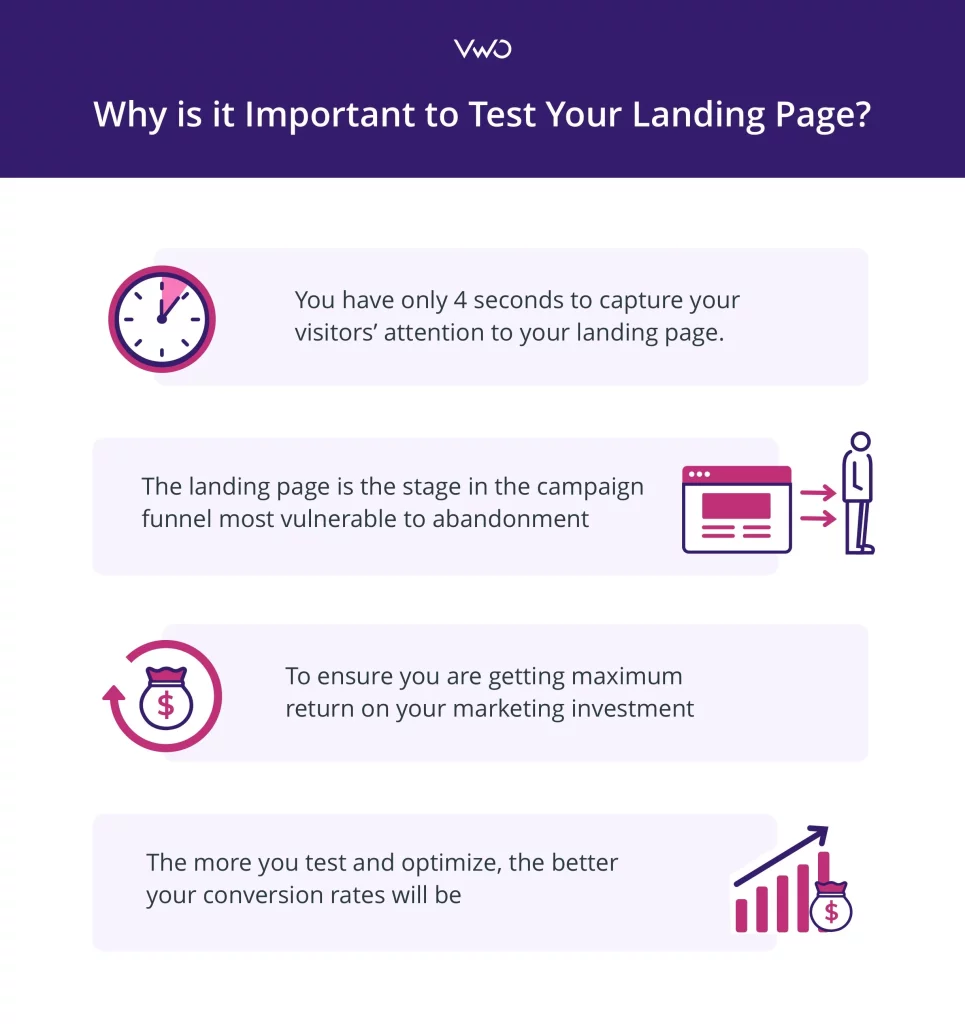
Consistent optimization and testing are essential for ensuring the ongoing success of your landing pages.
Ongoing Performance Monitoring
- Key Metrics and Analytics
- Track the performance of your landing pages using metrics such as bounce rate, conversion rate, and cost-per-acquisition (CPA).
- Utilize web analytics tools like Google Analytics to gather comprehensive data on user behavior and engagement.
- Regularly review and analyze the data to identify areas for improvement and make informed decisions.
- A/B Testing and Experimentation
- Conduct A/B tests to compare the performance of different variations of your landing page elements, such as headlines, CTAs, or visual design.
- Implement multivariate testing to explore the impact of multiple variables simultaneously.
- Use the insights gained from testing to continuously refine and optimize your landing pages.
- Iterative Improvements
- Continuously iterate on your landing pages based on the insights gained from performance monitoring and testing.
- Make incremental changes and updates to address any identified areas of improvement or user feedback.
- Foster a culture of experimentation and continuous learning to ensure that your landing pages remain relevant and effective.
Leveraging External Feedback and Collaboration
- User Feedback and Interviews
- Gather feedback from your target audience through user surveys, interviews, or usability testing.
- Understand their pain points, preferences, and any areas of friction or confusion they encounter on your landing pages.
- Incorporate the insights gained from user feedback into your landing page optimization efforts.
- Collaboration with Cross-Functional Teams
- Engage with your marketing, design, and development teams to benefit from their expertise and diverse perspectives.
- Collaborate on ideation, design, and implementation to ensure a cohesive and well-executed landing page experience.
- Foster a culture of open communication and knowledge-sharing to drive continuous improvement.
- Benchmarking and Industry Insights
- Examine the landing page strategies and best practices of your competitors or industry leaders.
- Stay informed about the latest trends and innovations in landing page design and optimization through industry publications, conferences, or online communities.
- Adapt and apply the learnings from these external sources to enhance the effectiveness of your own landing pages.
Conclusion
Crafting fantastic landing pages is an art that requires a deep understanding of your target audience, a keen eye for design, and a commitment to ongoing optimization and testing. By leveraging the strategies and best practices outlined in this article, you can create landing pages that captivate your audience, streamline the conversion process, and drive meaningful results for your business.
Remember, the journey of landing page optimization is an ongoing one, as user preferences, technology, and industry trends are constantly evolving. Embrace a culture of experimentation, continuous learning, and adaptability to ensure that your landing pages remain at the forefront of digital marketing excellence.
